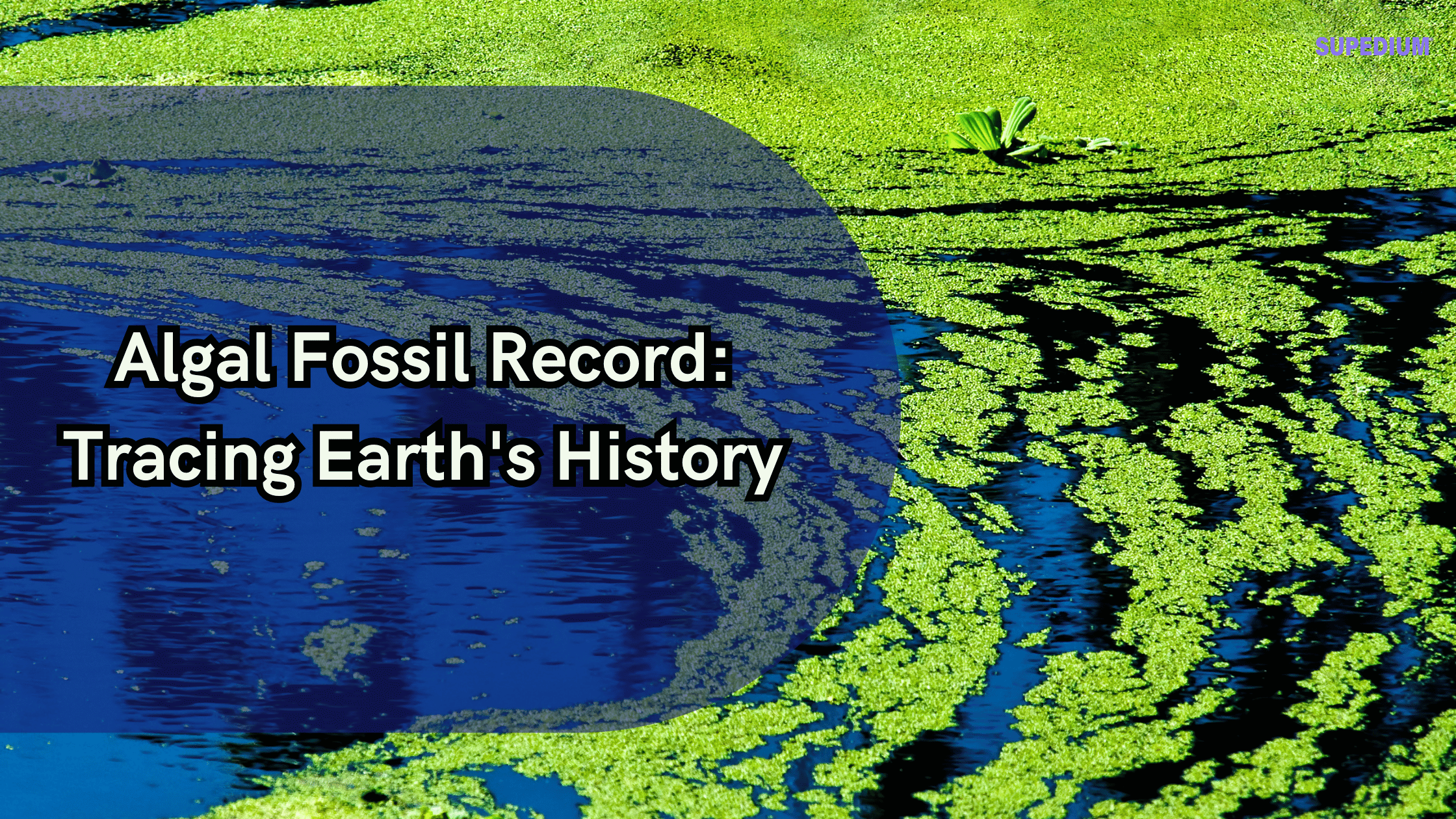Table of Contents
![]()
I. Introduction
Algal fossils are the remnants of ancient algae, providing invaluable insights into Earth’s geological and biological past. As some of the earliest life forms on the planet, algae played a critical role in shaping ecosystems and influencing atmospheric conditions. By studying the algal fossil record, scientists can trace the evolution of life on Earth, understand past environments, and gain insights into contemporary ecological dynamics.
II. Understanding Algae
A. Classification of Algae
Algae are a diverse group of photosynthetic organisms that can be classified into several categories:
- Green Algae (Chlorophyta): These are primarily freshwater organisms that share a close evolutionary relationship with land plants.
- Red Algae (Rhodophyta): Often found in marine environments, red algae contribute significantly to coral reef ecosystems.
- Brown Algae (Phaeophyta): Commonly found in colder waters, these large seaweeds form critical habitats for marine life.
- Cyanobacteria: Sometimes referred to as blue-green algae, these prokaryotic organisms are known for their role in early oxygen production.
B. Characteristics and Functions of Algae
Algae possess unique characteristics, such as the ability to photosynthesize, which allows them to convert sunlight into energy. They are vital components of aquatic ecosystems, serving as primary producers and supporting food webs. Additionally, algae contribute significantly to global oxygen production, playing a key role in sustaining life on Earth.
C. Evolutionary Significance of Algae
Algae are believed to be ancestral to land plants, providing a crucial link in the evolutionary history of terrestrial flora. Their adaptation to various environments over millions of years showcases their resilience and evolutionary significance.
III. The Algal Fossil Record
A. Types of Algal Fossils
The algal fossil record comprises various types of fossils:
- Macroalgae: These are large, visible forms of algae, such as kelp, that can be fossilized in sedimentary rocks.
- Microalgae: Smaller, unicellular algae, which are often preserved in sediments and can be analyzed for paleoecological studies.
- Stromatolites: Layered structures formed by the activity of cyanobacteria, these fossils provide evidence of early life forms and are among the oldest known fossils on Earth.
B. Geological Time Scale and Algal Fossils
The algal fossil record spans the geological time scale:
- Precambrian Era: Algae first appeared around 3.5 billion years ago, with stromatolites representing some of the earliest evidence of life.
- Paleozoic Era: Algal diversity expanded significantly, with a variety of forms adapting to different marine environments.
- Mesozoic and Cenozoic Eras: This period witnessed further evolutionary developments in algae, including the emergence of more complex forms and their integration into terrestrial ecosystems.
IV. Methods of Studying Algal Fossils
A. Fossilization Processes
Fossilization of algae requires specific conditions, such as rapid burial in sediment, low oxygen environments, and the presence of mineral-rich waters. The types of fossilization processes include permineralization, where minerals fill cellular spaces, and casting, which preserves the external shape of the organism.
B. Techniques for Analysis
Researchers employ various techniques to analyze algal fossils:
- Microscopy: Light and electron microscopy allow for detailed examination of fossilized structures.
- Chemical Analysis: Isotopic and molecular fossil analyses provide insights into ancient environmental conditions and biological processes.
- Paleobotanical Reconstruction: This technique involves reconstructing ancient ecosystems based on the distribution and types of algal fossils found in sedimentary layers.
V. Major Findings from the Algal Fossil Record
A. Evidence of Early Life Forms
The algal fossil record reveals critical information about early life on Earth. Stromatolites, formed by cyanobacterial mats, are among the oldest fossils, dating back over 3 billion years. These structures indicate that microbial life was thriving long before more complex organisms appeared.
B. Algal Contributions to Biogeochemical Cycles
Algae played a crucial role in ancient biogeochemical cycles, particularly in the carbon and oxygen cycles. Through photosynthesis, they contributed to the oxygenation of the atmosphere, setting the stage for the evolution of aerobic life forms.
C. Evolution of Algal Diversity
The fossil record shows significant changes in algal diversity over time, marked by mass extinctions and subsequent radiations. This highlights the resilience of algae and their ability to adapt to changing environmental conditions.
VI. Case Studies
A. Notable Fossil Sites
Several fossil sites provide key insights into the algal fossil record:
- Gunflint Chert (Canada): This site contains some of the oldest known stromatolites, offering valuable evidence of early microbial life.
- Bitter Springs Formation (Australia): Renowned for well-preserved microfossils, this site has contributed significantly to our understanding of ancient algal ecosystems.
B. Recent Discoveries and Their Implications
Recent advancements in dating techniques have allowed scientists to pinpoint the age of algal fossils more accurately, leading to new insights into the timing of evolutionary events and climate changes in Earth’s history.
VII. Algal Fossils and Climate Change
A. Historical Climate Indicators
Algal fossils serve as indicators of ancient climate conditions. Changes in algal diversity and distribution can reveal information about past climate events, such as glaciations and warming periods.
B. Modern Implications
Studying the responses of ancient algae to climate changes offers valuable lessons for contemporary issues. Understanding how algae adapted to past environmental stresses can inform strategies for dealing with current climate challenges.
VIII. Future Directions in Algal Paleontology
A. Emerging Technologies
The field of algal paleontology is poised for innovation, with emerging technologies enhancing research capabilities. Genetic analysis of ancient algae can provide insights into their evolutionary history, while 3D imaging techniques allow for detailed reconstructions of fossilized structures.
B. Interdisciplinary Approaches
Collaboration across disciplines, including climate science, geology, and ecology, is essential for advancing our understanding of algae and their roles in ecosystems. Continued research into algal fossils can provide critical insights for biodiversity conservation and environmental sustainability.
IX. Conclusion
The algal fossil record serves as a vital archive of Earth’s history, offering a window into the evolution of life and the changing environments that have shaped our planet. As researchers continue to explore this rich resource, they uncover essential knowledge about past ecosystems and gain insights that are crucial for understanding and addressing contemporary environmental challenges. The ongoing study of algae not only illuminates our planet’s history but also underscores the importance of these ancient organisms in the present and future.
Share This





Be the first to comment